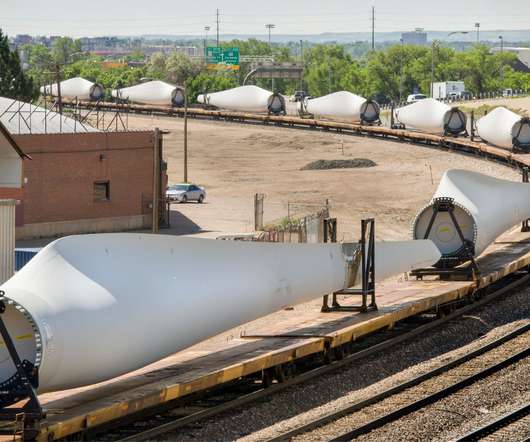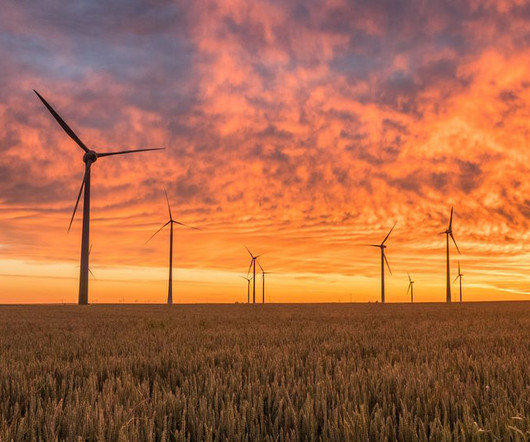Analysis: Colombia’s offshore wind power plans spark hope and caution
A Greener Life
JULY 19, 2023
An offshore wind farm in Europe. Colombia’s Caribbean coast has great potential for offshore wind power projects but is also home to protected areas of ecological importance. Elsewhere, other renewable energy projects have been unable to connect and deliver power to the grid, the National Interconnected System.













Let's personalize your content